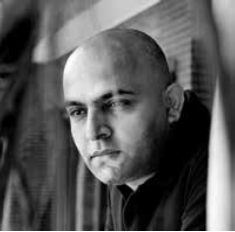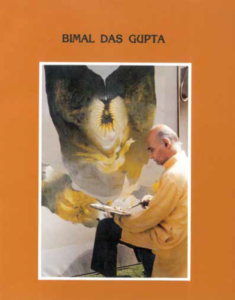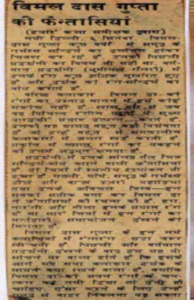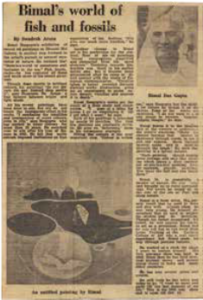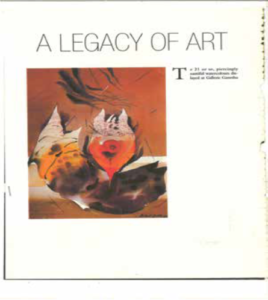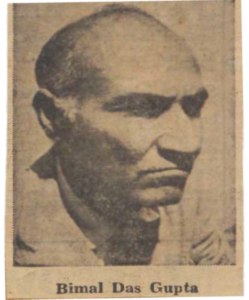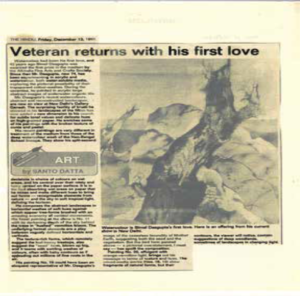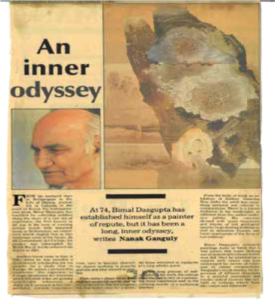
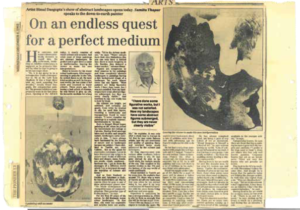
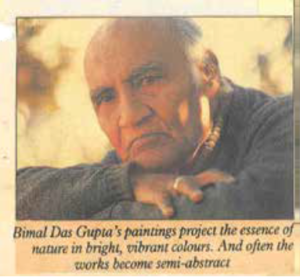
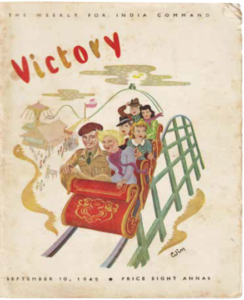
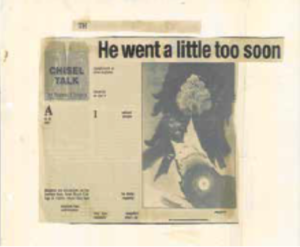
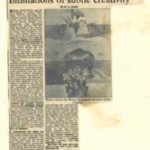
I came to Delhi from Madras in 1972, when I joined the art gallery of the Rashtrapati Bhavan
as curator. Over the years, I got several opportunities to meet and know Bimal Da. Most of
the artists were regulars at Dhoomimal Gallery, and I would often meet him there. I was
also a member of the Calcutta Painters group, with whom Bimal Da had close association. I
remember him as a very nice and gentle human being. He was also a very quiet personality and
was not vocal about his art, preferring to let his work do the talking. This may have been one of
the reasons for the obscurity that his name suffered after his tragic passing in 1995. As an artist,
his works created a world of abstraction, which was related to nature but without any definite
form, often in monochromic colours. I still have a painting of his in Santiniketan that he had
given to me long ago. This exhibition is a great opportunity to bring spotlight on Bimal Da’s art.
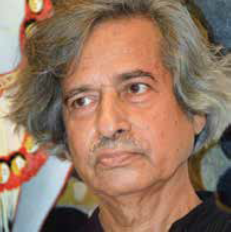
When I was studying in College of Art, Delhi, in 1976, we used to hear a lot about veteran artist
Bimal Das Gupta. One of my seniors in college was very fond of Bimal Das Gupta, and he once
took me to his studio in Kailash Colony. That’s when I first met him, and he was so kind to us. He
showed us his paintings with great warmth and enthusiasm. He told us many stories.
I had seen his works in group shows in a couple of galleries and was happy to have seen his
paintings at his studio too. What is important is that until then, I didn’t know much about
Indian abstraction, and his was one of the first works I saw in the genre. That got me really very
interested in Indian abstraction.
There is something about that generation of artists to which Bimal Da belonged. They were all so
kind, generous, and warm, and welcomed youngers artists and students with open arms. Bimal
Da and his contemporaries were all so helpful. Unfortunately, I didn’t get to spend much time
with him. I wish I knew him more. I will always remember him as a warm, generous and kindhearted
person, full of stories and full of life. That’s the memory I have of him.
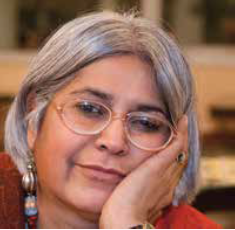
At one point, Bimal Das Gupta and I were colleagues at the College of Art but he was
actually my guru. We both went to Government College of Art, Calcutta. Our mutual,
mental connect was so beautiful. When I joined College of Art in Delhi in 1969, he was
already teaching there. I used to go to his house regularly, he was living in Kailash Colony
and I was living in Chittaranjan Park nearby. On my way back home, I would drop by at
his house and ask him for a cup of tea and snacks. I also used to visit his studio regularly
and loved observing him paint. I’m a sculptor, not a painter, but when I would go to him,
he would give me his rejected tubes and would force me to do some painting, whether
you were a painter or a sculptor, it didn’t matter to him! So, I would paint and then show
him my work! He was such a nice, humble person, a gentleman. At that time, in 1980s, his
name, fame and art market were at the top. I will always remember him as a great artist.
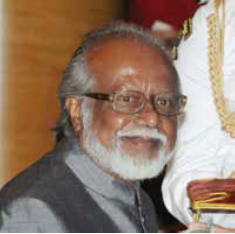
It was in the early 1990s when I first saw Bimal Das Gupta on one of his visits to Benares,
where he would come often to visit Dilip Das Gupta, also an artist and my professor at
Benares Hindu University (BHU). He was a well-known artist, and in those days, there
were not many means of knowing about great, contemporary artists except some special
books published on them. I had known about him through the Lalit Kala Akademi’s
monograph on him, published in 1989. Some of the students would visit our professor
at his residence and that’s when we got introduced to the renowned Bimal Das Gupta.
He would talk to us about art at large. He would himself sketch the ghats, and tell us also
to make sketches of or paint the ghats as that was a characteristic aspect of Benares. To
sit at the ghats and look at the historical monuments along the river, each with amazing
architecture, was indeed a great lesson in sketching and developing perspective.
I also distinctly remember when he was once invited to the university to demonstrate
watercolour painting. Some of us students had pasted a huge paper on board on which
he eventually painted. It was a large work and that memory is still fresh in my mind. I
was amazed at how easy he made it seem, how comfortable he was, as if he was playing;
It was so fresh, there was no rushing, no rubbing. We could see how he could make some
of his landscapes so surreal, how he took them to another level.
